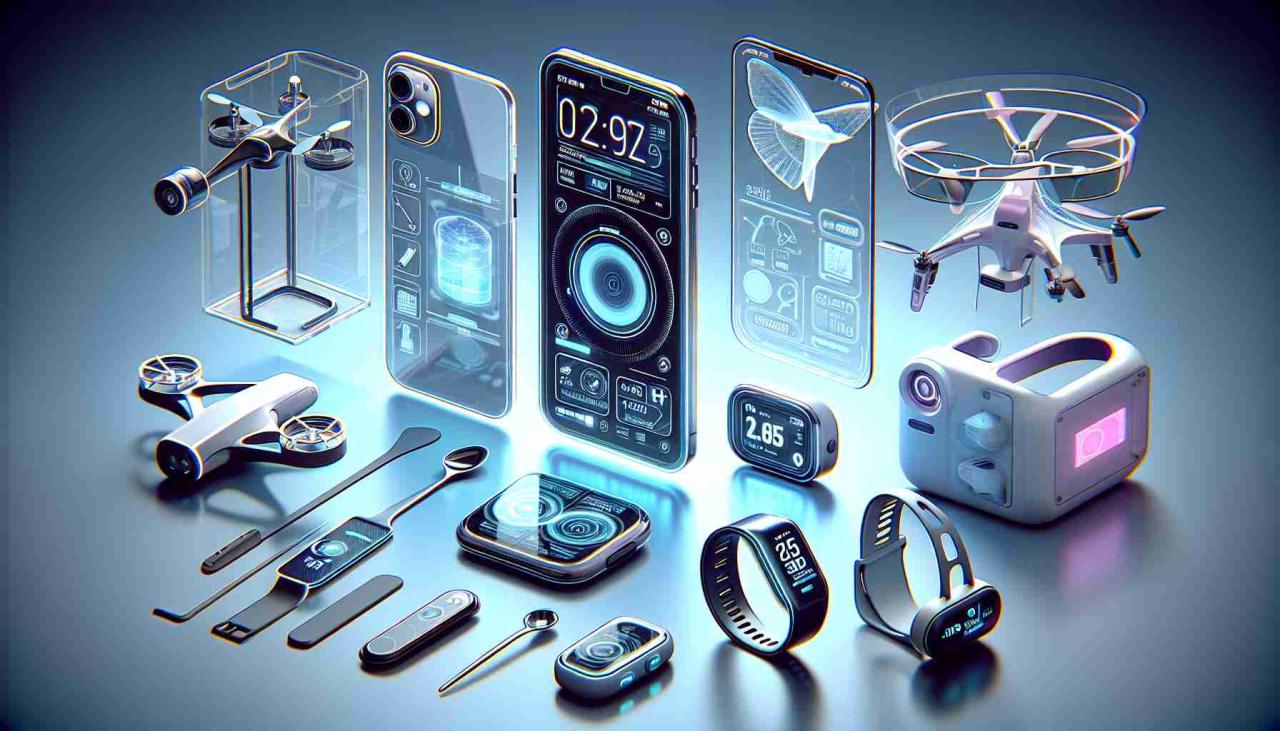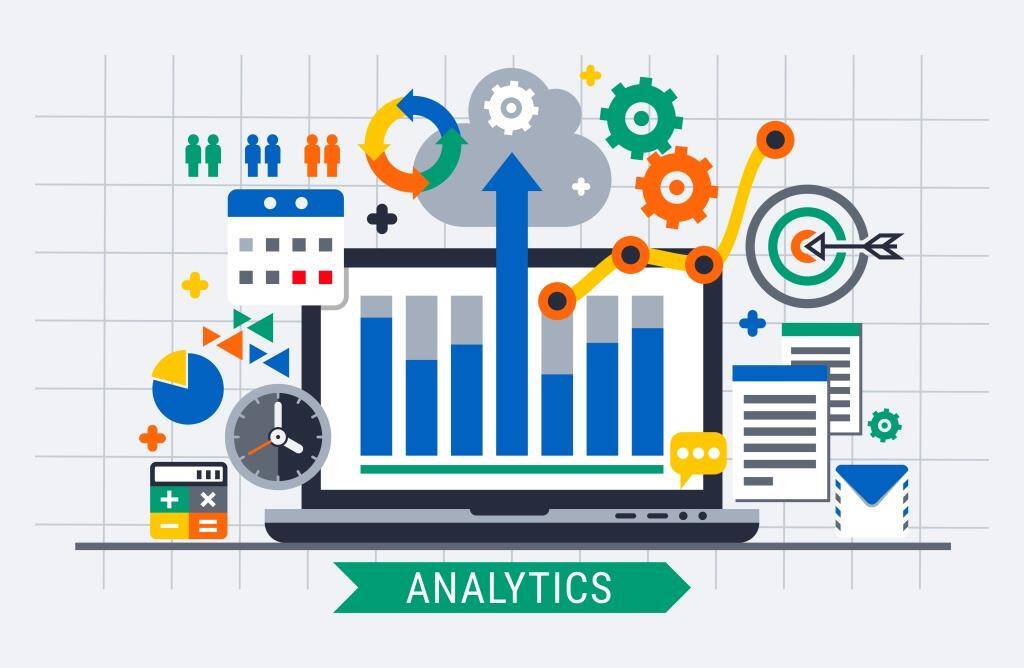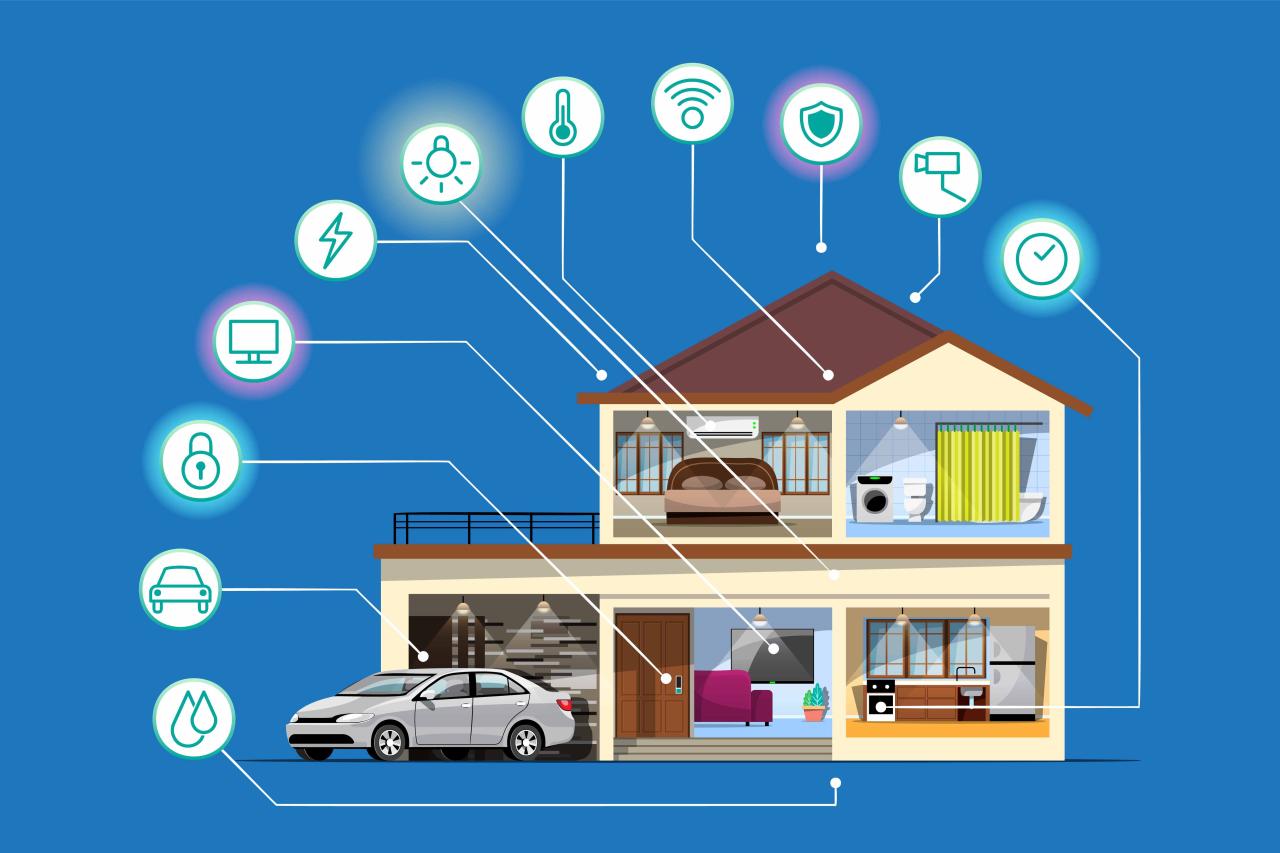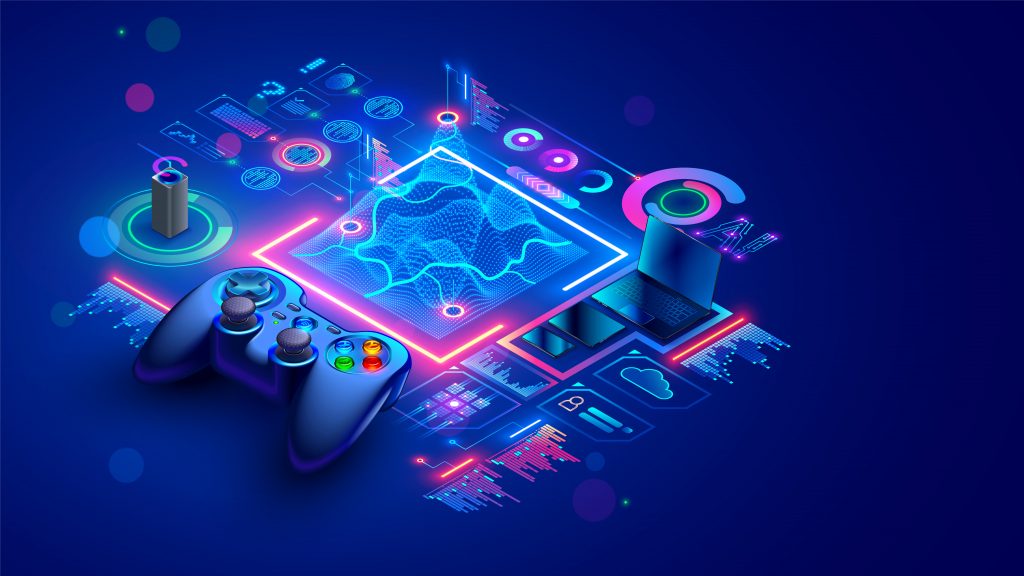Health Tech Devices: Wellness Trends
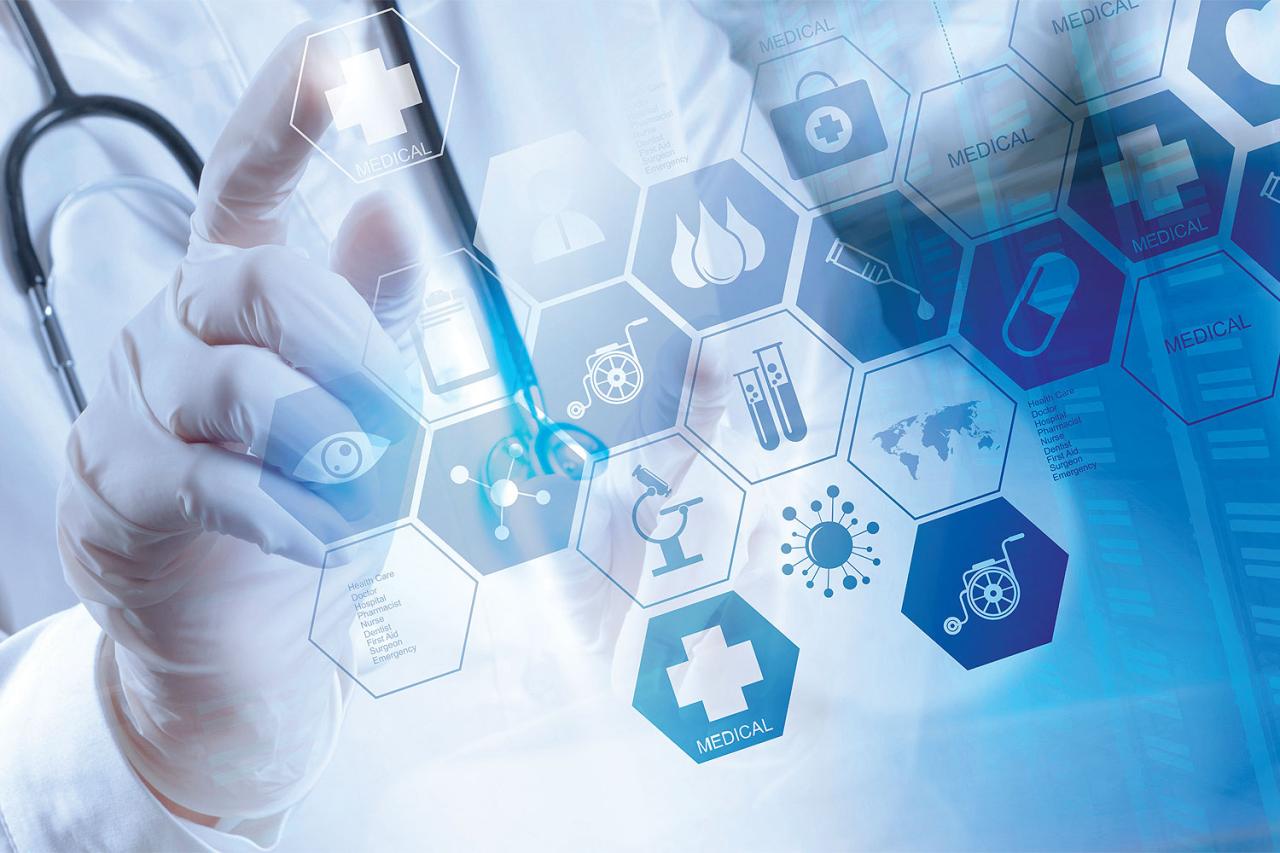
In an era where personal well-being is paramount and technology is ubiquitous, the convergence of these two forces has given rise to an extraordinary revolution: health tech devices. What began with simple pedometers has blossomed into a sophisticated ecosystem of smart wearables, intelligent home health monitors, and AI-powered diagnostic tools, fundamentally reshaping how we track, manage, and optimize our physical and mental health. These aren’t just gadgets; they are proactive partners in personal wellness, empowering individuals with unprecedented data, insights, and connectivity to make informed decisions about their well-being. The continuous innovation in this sector is not only enhancing individual lives but also profoundly impacting healthcare systems, shifting the paradigm from reactive treatment to proactive prevention and personalized care.
This comprehensive article delves deep into the dynamic landscape of health tech devices, exploring the core technologies that fuel their rapid advancements and their transformative impact across diverse aspects of health, fitness, and medical care. We’ll uncover how miniaturization, advanced sensor technology, Artificial Intelligence (AI), and seamless connectivity are converging to create a future where health monitoring is integrated, intelligent, and deeply personalized. Our aim is to provide a detailed roadmap for understanding this exciting frontier, highlighting the undeniable benefits, the critical considerations, and the immense potential of leveraging these indispensable digital instruments to achieve a healthier, more informed future.
Why Health Tech Thrives
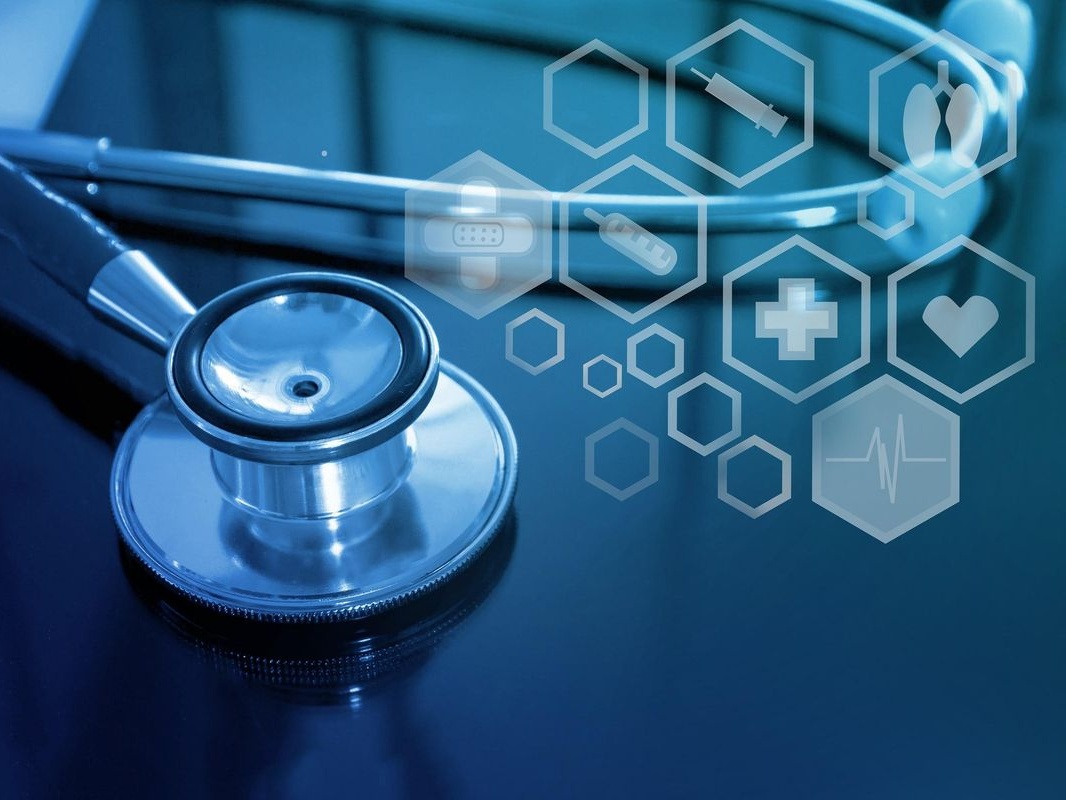
For centuries, healthcare was largely a reactive system: you sought medical attention when you were sick. While this remains crucial, the advent of health tech devices has ushered in a proactive paradigm, empowering individuals to monitor their health, detect potential issues early, and make lifestyle choices that prevent illness. Several key factors are driving this rapid growth:
- Empowerment and Personalization: People want more control over their health data and personalized insights tailored to their unique bodies and lifestyles. Health tech devices provide exactly that.
- Preventative Focus: There’s a growing understanding that preventing illness is more effective and cost-efficient than treating it. Devices enable continuous monitoring and early warning signs.
- Aging Population: As global populations age, there’s an increasing need for accessible, in-home monitoring and care solutions.
- Convenience and Accessibility: Devices integrate seamlessly into daily life, offering health insights without frequent clinic visits or complex procedures. Telehealth capabilities extend healthcare access to remote areas.
- Technological Advancements: Miniaturization, improved battery life, highly accurate sensors, and powerful on-device processing enable sophisticated health tracking in small, wearable form factors.
- Data-Driven Insights: AI and Machine Learning (ML) can analyze vast amounts of biometric data to identify subtle trends, predict health risks, and offer actionable recommendations that would be impossible for humans to discern manually.
- Shift to Value-Based Care: Healthcare systems are moving towards models that reward positive health outcomes, incentivizing the use of technologies that promote preventative care and continuous monitoring.
This convergence of personal desire, medical necessity, and technological capability has transformed health tech from a niche market into a booming industry vital for individual and public health.
Key Categories of Health Tech Devices
The health tech landscape is incredibly diverse, with innovations spanning from our wrists to our homes, addressing a wide range of health and wellness needs.
A. Wearable Health Trackers and Smartwatches
These are perhaps the most common and visible health tech devices, worn on the body to continuously collect biometric data.
- Fitness Trackers:
- Purpose: Primarily focus on physical activity, tracking steps, distance, calories burned, and active minutes. Many include basic sleep tracking.
- Features: Heart rate monitoring, GPS for outdoor activities, basic notification alerts.
- Examples: Fitbit Charge series, Garmin Vivosmart series, Xiaomi Mi Band.
- Smartwatches with Advanced Health Features:
- Purpose: Combine smartwatch functionality (notifications, calls, payments) with comprehensive health monitoring, blurring the lines between tech gadget and medical device.
- Features:
- Electrocardiogram (ECG): Detects irregular heart rhythms suggestive of atrial fibrillation.
- Blood Oxygen (SpO2) Monitoring: Measures blood oxygen saturation, indicating respiratory health and sleep quality.
- Skin Temperature Sensing: Used for sleep analysis, cycle tracking, and potential illness detection.
- Advanced Sleep Tracking: Detailed insights into sleep stages (REM, deep, light), sleep disturbances, and recovery.
- Stress Monitoring: Measures heart rate variability to estimate stress levels and offer mindfulness prompts.
- Fall Detection: Automatically alerts emergency contacts or services if a severe fall is detected.
- Skin Conductance/EDA Sensors: Detect small electrical changes on the skin, often associated with stress and emotional responses.
- Examples: Apple Watch Series 10 (or latest), Samsung Galaxy Watch (latest), Garmin Fenix/Forerunner series, Google Pixel Watch.
B. Smart Home Health Devices
These integrate health monitoring directly into the living environment, often with minimal user interaction.
- Smart Scales:
- Purpose: Go beyond basic weight measurement to analyze body composition (BMI, body fat, muscle mass, bone mass, body water) and often track heart rate.
- Features: Wi-Fi/Bluetooth connectivity for data synchronization with health apps, multiple user profiles.
- Examples: Withings Body Comp, Eufy Smart Scale, Renpho Smart Scale.
- Smart Sleep Trackers:
- Purpose: Monitor sleep patterns without requiring a wearable, often placed under the mattress or on the nightstand.
- Features: Track heart rate, breathing rate, sleep stages, snoring, and provide environmental insights (temperature, humidity, light) that affect sleep quality.
- Examples: Withings Sleep Analyzer, Google Nest Hub (Sleep Sensing), ChiliSleep (for temperature control).
- Smart Air Purifiers and Environmental Monitors:
- Purpose: Monitor and improve indoor air quality by detecting pollutants (PM2.5, VOCs, CO2) and automatically adjusting filtration.
- Features: App control, integration with smart home ecosystems, historical data logging.
- Examples: Dyson Purifier Cool, Coway Airmega, Molekule.
- Smart Blood Pressure Monitors:
- Purpose: Provide accurate blood pressure readings at home with automatic data logging and synchronization to health apps for long-term tracking and sharing with doctors.
- Examples: Withings BPM Connect, Omron Complete.
C. Digital Therapeutics (DTx) and Health Apps
These are software-based interventions that deliver evidence-based therapeutic interventions to prevent, manage, or treat a medical disorder or disease.
- Mental Health Apps:
- Purpose: Offer guided meditation, cognitive behavioral therapy (CBT) exercises, mindfulness training, and access to virtual therapy sessions.
- Features: Personalized programs, mood tracking, journaling, professional support.
- Examples: Calm, Headspace, BetterHelp, Talkspace.
- Chronic Disease Management Apps:
- Purpose: Help patients manage conditions like diabetes (e.g., glucose tracking, insulin reminders), asthma (e.g., inhaler tracking, triggers), or heart disease.
- Features: Data logging, medication reminders, personalized insights, telehealth integration.
- Examples: One Drop (diabetes), Propeller Health (asthma).
- Telemedicine Platforms:
- Purpose: Facilitate virtual consultations with doctors, specialists, and therapists via video, audio, or text, providing convenient access to healthcare services.
- Features: Secure messaging, e-prescribing, remote diagnostics via connected devices.
- Examples: Teladoc, Amwell, Halodoc (in Indonesia).
D. Specialized Medical Monitoring Devices
Beyond consumer gadgets, these are FDA-cleared or clinically validated devices for specific medical conditions, often prescribed by doctors.
- Continuous Glucose Monitors (CGM):
- Purpose: Provide real-time glucose readings without finger pricks, crucial for managing diabetes effectively.
- Features: Data trends, alerts for high/low glucose, integration with insulin pumps.
- Examples: Dexcom G7, Abbott FreeStyle Libre.
- Smart Inhalers:
- Purpose: Track inhaler usage for asthma and COPD patients, providing insights into medication adherence and potential environmental triggers.
- Examples: Propeller Health Sensor.
- Remote Patient Monitoring (RPM) Kits:
- Purpose: Bundles of devices (e.g., smart blood pressure cuffs, pulse oximeters, weight scales) that allow healthcare providers to remotely monitor patients’ vital signs and health status outside traditional clinical settings.
- Features: Automated data transmission, alerts for critical changes, secure patient portals.
- Examples: Used by various healthcare systems and RPM service providers.
- Smart Patches/Biosensors:
- Purpose: Wearable, often disposable, sensors that continuously monitor specific biomarkers (e.g., body temperature, heart rate, hydration levels) for real-time health insights.
- Examples: Research and development in various medical fields.
How AI and Advanced Sensors Power Health Tech
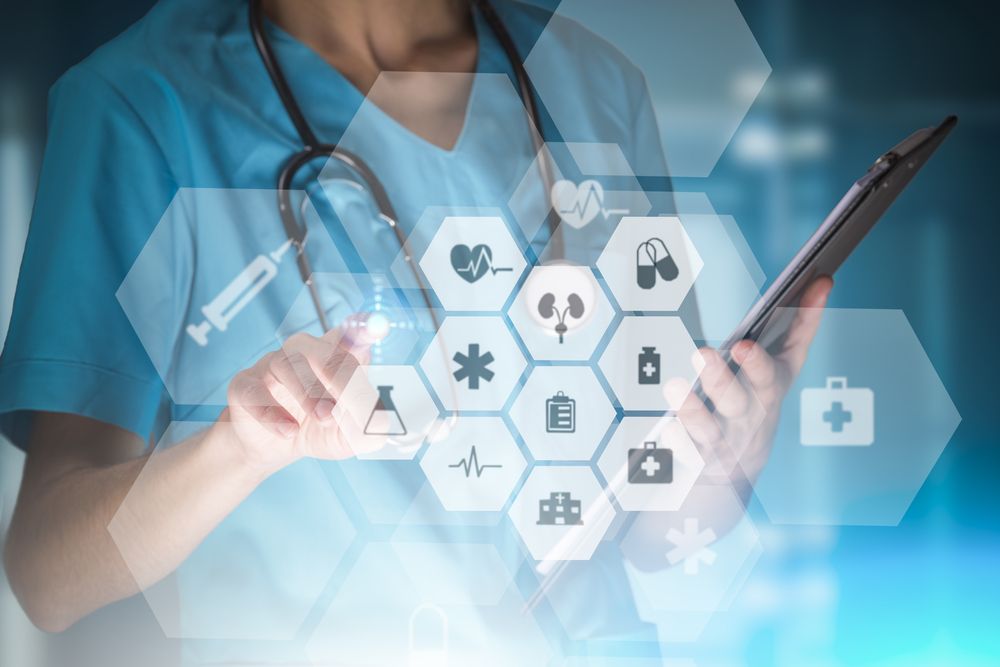
The breakthroughs in health tech devices are intrinsically linked to advancements in miniaturized sensors, powerful on-device processing, and the transformative capabilities of Artificial Intelligence and Machine Learning.
A. Advanced Biometric Sensors
- PPG (Photoplethysmography) Sensors: Used in most wearables to measure heart rate by detecting blood flow changes. Advanced PPG can now also estimate blood oxygen saturation (SpO2).
- ECG (Electrocardiogram) Sensors: Detect electrical signals from the heart to identify irregular rhythms. Miniaturized sensors in smartwatches make this accessible.
- EDA (Electrodermal Activity) Sensors: Measure changes in sweat gland activity on the skin, often indicative of stress levels.
- Temperature Sensors: High-precision sensors track body temperature trends for health monitoring, sleep analysis, and women’s health.
- MEMS (Micro-Electro-Mechanical Systems) Accelerometers & Gyroscopes: Crucial for tracking movement, activity levels, sleep stages, and detecting falls.
- Optical Sensors: Used in devices like CGMs to non-invasively detect glucose levels or in smart scales to estimate body composition.
B. Artificial Intelligence (AI) and Machine Learning (ML)
AI is the brain that turns raw sensor data into actionable health insights.
- Pattern Recognition and Anomaly Detection: ML algorithms analyze vast amounts of continuous data from wearables to identify subtle patterns that might indicate a developing health issue (e.g., early signs of illness, onset of atrial fibrillation, unusual sleep patterns).
- Predictive Analytics: AI can predict future health risks (e.g., likelihood of developing a chronic condition based on lifestyle data, risk of a cardiovascular event) by correlating multiple data points and historical trends.
- Personalized Recommendations: Based on individual data, AI can offer tailored advice for diet, exercise, sleep, or stress management that is far more specific and effective than generic health advice.
- Natural Language Processing (NLP): Powers conversational AI in mental health apps or virtual health assistants, allowing users to interact naturally and receive relevant information or support.
- Image Recognition for Diagnostics: AI analyzes medical images (e.g., skin scans for dermatology apps, eye scans for retinopathy) to assist in early disease detection.
- Digital Biomarkers: AI can identify subtle physiological changes from continuous data that serve as early digital biomarkers for various conditions, sometimes even before symptoms appear.
C. Seamless Connectivity (Bluetooth, Wi-Fi, 5G)
Robust and efficient connectivity is essential for data synchronization and real-time interaction.
- Bluetooth Low Energy (BLE): The primary protocol for connecting wearables and many smart home health devices to smartphones, offering energy efficiency for continuous data transmission.
- Wi-Fi: Used by smart home health devices (scales, air purifiers) for direct cloud connectivity and larger data transfers.
- Cellular (4G/5G): Integrated into some smartwatches and remote patient monitoring devices for untethered connectivity, enabling emergency calls, data uploads, and telehealth without a phone nearby.
- Cloud Integration: All these devices rely heavily on cloud platforms for data storage, processing, AI analysis, and secure sharing with users, family, or healthcare providers.
D. Edge Computing
Processing data directly on the device (at the “edge”) rather than solely in the cloud.
- Faster Insights: Enables real-time analysis and alerts, critical for immediate health interventions (e.g., fall detection, emergency heart rate alerts).
- Enhanced Privacy: Less raw sensitive data needs to be sent to the cloud, improving user privacy.
- Reduced Bandwidth: Minimizes the amount of data transferred, leading to better battery life and less reliance on constant internet connection.
The Transformative Impact of Health Tech Devices
The widespread adoption of intelligent health tech devices is revolutionizing healthcare delivery and personal wellness in profound ways.
A. Empowering Proactive Health Management
- Increased Awareness: Users gain unprecedented insights into their bodies and habits, leading to greater awareness and motivation for healthier choices.
- Early Detection: Continuous monitoring allows for the early detection of subtle changes or potential issues, enabling timely intervention before conditions worsen.
- Personalized Wellness: Tailored recommendations for exercise, nutrition, and sleep promote highly effective individual health strategies.
B. Revolutionizing Preventative Care
- Shift from Reactive to Proactive: Healthcare systems can transition from merely treating illness to actively preventing it by leveraging continuous data from devices.
- Risk Stratification: Identifying individuals at high risk for certain conditions based on device data, allowing for targeted preventative programs.
- Lifestyle Interventions: Devices provide real-time feedback and coaching that encourages sustainable healthy behaviors.
C. Enhancing Chronic Disease Management
- Improved Adherence: Automated medication reminders and data logging improve patient adherence to treatment plans.
- Real-time Monitoring: Patients and clinicians can monitor vital signs and condition-specific metrics remotely, allowing for timely adjustments to treatment.
- Reduced Hospitalizations: Proactive management based on device data can help prevent acute exacerbations and hospital readmissions.
D. Democratizing Healthcare Access
- Telehealth Facilitation: Devices integrate seamlessly with telemedicine platforms, enabling remote consultations and diagnostics, expanding access to care, particularly for rural or underserved populations.
- Reduced Geographic Barriers: Health monitoring and basic consultations become possible from anywhere.
- Cost-Effectiveness: Remote monitoring can reduce the need for expensive in-person visits and hospital stays.
E. Advancing Medical Research and Drug Discovery
- Real-World Data Collection: Devices collect vast amounts of continuous, real-world health data from diverse populations, providing invaluable insights for medical research.
- Clinical Trials: Expediting clinical trials by allowing for continuous, passive data collection from participants in their natural environments.
- Digital Biomarkers Discovery: AI analyzing device data can uncover new digital biomarkers for diseases, leading to earlier diagnosis and more effective treatments.
Challenges and Considerations
Despite the immense promise, the widespread adoption and integration of health tech devices face several critical hurdles that must be addressed.
A. Data Privacy and Security
- Highly Sensitive Data: Health data is extremely personal and sensitive. Ensuring robust encryption, secure storage, and strict access controls is paramount.
- Cybersecurity Risks: Health tech devices and platforms are attractive targets for cyberattacks, making strong security measures crucial to prevent data breaches and unauthorized access.
- Privacy Concerns: Users must trust that their health data is not misused, sold, or shared without explicit consent. Clear privacy policies are essential.
B. Accuracy and Clinical Validation
- Consumer vs. Medical Grade: Many consumer-grade health devices are not clinically validated for diagnostic purposes. Clear distinctions must be made.
- Regulatory Hurdles: Devices making medical claims require rigorous testing and regulatory approval (e.g., FDA clearance in the US, CE marking in Europe), which is a time-consuming and expensive process.
- Accuracy in Real-World Conditions: Sensor accuracy can be affected by factors like skin tone, movement, and device fit, impacting the reliability of data.
C. Interoperability and Fragmentation
- Data Silos: Data from different devices and apps often doesn’t seamlessly integrate, leading to fragmented health records and limiting holistic insights.
- Lack of Standards: A lack of universal standards for data exchange between devices, apps, and electronic health records (EHRs) hinders comprehensive patient views.
D. User Adoption and Engagement
- Sustained Engagement: Many users abandon health trackers after a few months. Designing for long-term engagement and motivation is challenging.
- Data Interpretation: Providing actionable insights that users can easily understand and act upon, rather than just raw data, is crucial.
- Digital Divide: Access to smartphones, reliable internet, and the technical literacy to use these devices can create disparities in health outcomes.
E. Ethical Considerations
- Algorithmic Bias: AI models trained on unrepresentative data can lead to biased predictions or recommendations, potentially exacerbating health inequities.
- Over-reliance on Tech: Users might over-rely on device data and delay seeking professional medical advice for serious conditions.
- Misinformation: The spread of unverified health claims or ineffective apps.
Conclusion
The burgeoning world of health tech devices is ushering in an era of unprecedented personal empowerment and proactive healthcare. From smartwatches that monitor our vital signs and detect anomalies to intelligent home devices that ensure our well-being and AI-powered apps that offer personalized guidance, these tools are fundamentally redefining our relationship with health. They are transforming abstract health data into actionable insights, enabling early detection, personalized prevention, and more effective management of chronic conditions.
While the journey ahead involves addressing critical challenges related to data privacy, regulatory validation, and interoperability, the continuous innovation driven by advanced sensors, powerful AI, and seamless connectivity promises an even more integrated, predictive, and accessible future for healthcare. By embracing these essential digital instruments, understanding their capabilities, and integrating them mindfully into our lives, we can collectively craft a healthier future, empowering individuals to take control of their well-being and shaping a world where wellness is truly at our fingertips.



